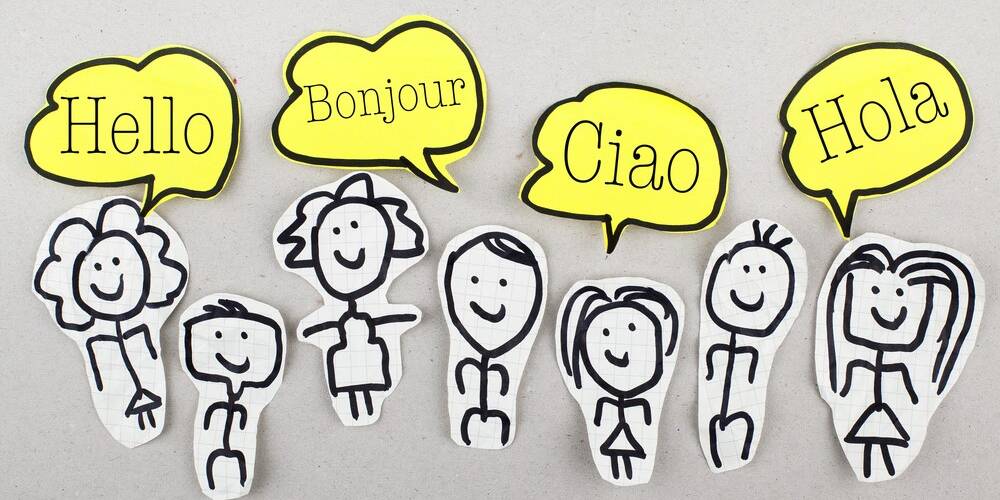The term ‘carbon footprint’ is one that we see more and more in the media. But in recent years, it’s become more of a priority as the climate crisis forms a prominent concern. One area of our lives which has a big impact on the environment is our diet, and the food and drink we choose to consume. From the packaging that surrounds products to the ways in which they’re produced, here’s how our drinking habits affect our overall carbon footprint.
The impact of production
Producing drinks, whether it’s soft beverages or alcohol, has a huge impact on the planet. In fact, a single 500ml bottle of beer requires 148 litres of water to produce, while a small glass of wine takes 110 litres. When you consider the global demand for alcohol, the amount of resources needed to produce alcohol in such vast quantities is enormous, impacting our carbon footprint considerably.
Similarly, the majority of manufacturers use single-use packaging for their products, which means that there’s a considerable amount of waste from producing drinks, whether you’re purchasing them for drinking at home, buying a drink in a pub or in cafes and restaurants.
Cutting back on your consumption of these beverages isn’t just better for the planet but also for your wallet and your health.
Minimising waste through packaging
More and more businesses are realising that they need to make the switch to sustainable and recyclable packaging in order for their products to be more environmentally friendly. But choosing the right materials encompasses more than just the packaging itself — it’s also important for reducing waste of the product inside.
Coffee, for example, requires the right environment to remain fresh and usable. The packaging needs to block out light, be securely closed off from air and moisture, and be recyclable in an ideal situation. Companies who pay attention to the packaging they use will not only ensure it can be disposed of properly when it comes to the end of its life, but also that the contents will remain usable for as long as possible to prevent waste.
An estimated 30 per cent of the world’s food goes to waste, expanding landfills and creating oxygen-starved environments where food can’t decompose as it should, increasing the quantity of methane in the atmosphere. So, if we want to ensure that the drinks we consume aren’t damaging the planet, one step to consider is how much we’re buying versus what we’re actually throwing away.
The footprint of dairy
Whether you like tea, coffee or hot chocolate throughout the day, you might be surprised to learn that the milk you use is actually one of the most impactful elements of your drink when it comes to your carbon footprint. The reason for this is that dairy milk comes from cows, which produce vast quantities of methane which is contributing to the climate crisis.
Cattle are responsible for over 60 per cent of carbon emissions from the food industry. This means that the more milk we consume every day in our drinks, as well as food and cooking, the greater the carbon footprint of our diet. Milk uses a lot of resources to produce, even before we consider the packaging it comes in or the effect of dairy farming on the planet.
But if you’re conscious of your carbon footprint and want to make a change, you don’t need to give up your caffeine fix completely. A switch that can benefit your carbon footprint here is to simply reduce the amount of milk you take in your drinks. Another option is to use plant-based milk in place of dairy, which has a smaller carbon footprint than cow’s milk. Alternatively, opt for black coffee and herbal teas to remove milk entirely.
How drinking water impacts the environment
According to the water companies trade association, Water UK, people in the United Kingdom are supplied with 19 billion litres of water every day. That’s quite a lot and it doesn’t all magically find its way to our taps unprocessed.
Water companies receive approximately 60 per cent of their water from our wastewater. This comes from the sewers and, understandably, turning this wastewater into something drinkable uses a lot of energy. Once the water is drinkable, it then has to be pushed through miles of pipes and into our homes.
Water UK estimates the industry uses about 2-3 per cent of all the country’s purchased electricity. This process is also estimated to produce around 0.5 per cent of the UK’s greenhouse gas emissions.
To put that into context; one litre of water has a footprint of 0.298 grammes of CO2 equivalents. That’s actually relatively small but considering how much water waste there is in the country, we can always do better. Britons waste approximately three billion litres of drinking water per day, which is 894 million grammes of CO2 equivalents.
It would seem that simply drinking water from the tap increases our carbon footprint and it’s unavoidable. ‘Moving and treating water is an energy-intensive process’, says Water UK, ‘leading to millions of tonnes of greenhouse gas emissions each year’. However, there are plans afoot at Water UK to deliver a net-zero carbon output by 2030 for the industry.
In summary
The products we choose to drink, the way they’re produced and how we dispose of them after all contributes towards a carbon footprint that can have negative effects on the planet. It’s not simply a case of throwing an empty container into the bin when we’ve finished our beverage, it also means considering the resources used to produce the drink in the first place, the emissions from transporting it to stores and then our homes or businesses, and the waste we’re producing when we buy more than we need.
As far as drinking water is concerned, the most important thing we can do as consumers of it is to stop wasting it. The process to convert it back from wasted water into something drinkable is eating up precious resources and adding to the country’s carbon footprint.
In order to make changes, it’s important that we consider the items we’re bringing into our lives and what we’re consuming, as well as being responsible for how we’re disposing of them when we’re finished with them. From choosing recyclable materials, minimising food waste and making switches to eco-friendlier alternatives, there are several ways that we can ensure the drinks we consume aren’t having a detrimental impact on the environment.




